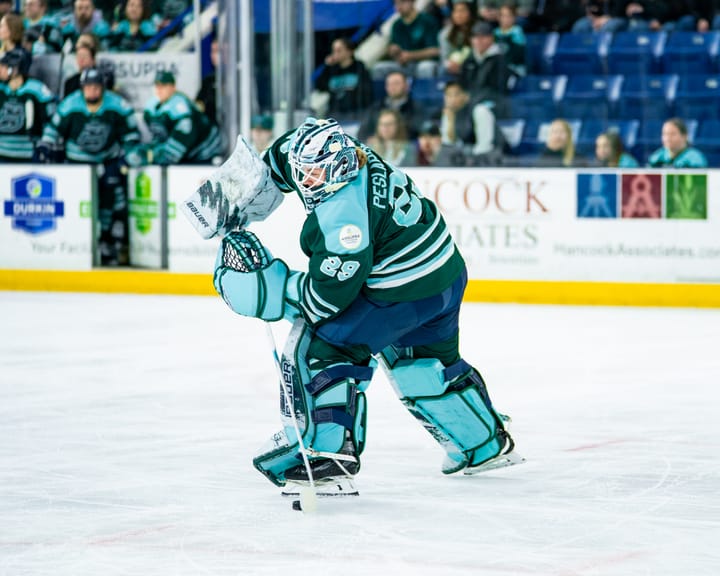What if there was an international tournament that wasn’t made up of National Teams?
I’ve been dreaming of something like this for years, to be honest.
Let us pretend for a few minutes that we now live in a no-COVID world. We may also need to live in a world where women’s hockey around the world has more financial support than it currently does because the tournament I’m going to suggest probably needs it.
What if there was an international tournament made up of the top two teams from the various professional leagues? Think IIHF World Championship but instead of National Teams, the competitors would be winning teams from the leagues spread across the world.
Before I launch into my dream world, it is important to note a game of this nature has happened before.
In October 2018, Lulea (SDHL) and the Metropolitan Riveters (NWHL) met for a game dubbed ‘The Champions Cup.’ They were each the reigning champions of their respective leagues. However, because the game wasn’t played until the beginning of the next season, the rosters looked slightly different, including a totally new head coach for the Riveters.
In this fake tournament, I’m dreaming of the games would be played much closer to the end of the seasons so as to avoid that issue. The idea is that it’s the championship teams, not the next season’s teams.
Of course, the end of the seasons does typically run directly into the start of the training for the World Championships and, in theory, there will be players who need to leave to train with their national teams. But I’m sure there’s a way around that. People who are much smarter than me will figure it out.
Back to My Dream Tournament though now ...
Following the league championships, the top two teams from the SDHL, NWHL, PWHPA, ZhHL, Naisten Liiga, SWHL, and EWHL come together in a rotating site to play a tournament similar in format to Worlds.
NCAA and USports teams could also be added into the mix. However, these teams have a disadvantage as their teams would be significantly younger than others. College students typically range from 18 to 21 whereas players in the NWHL and PWHPA have graduated college and range into their 30’s. The non-North Americans leagues do have younger players - some as young as 15 - but they also have players in their 30s on the team as well. The experience, size, and skill gap for the North American collegiate level teams could be significant.
The groups could be separated by who won and who came in second or, if some equivalency model is made up, the teams can be ranked and placed into two groups that way as well. They could also be grouped by continent or region too. Again, this detail feels like something for people smarter than me.
They’ll play a group stage, followed by a playoff stage and medal games, just like how the Worlds and the Olympics are structured.
The main goals of the tournament are pretty simple: 1) give more players more chances to play, 2) expand the international reach of various leagues, 3) competition, and 4) fun.
There’s an interesting added bonus in gaining better understanding of how each of the league compare directly. Thus far, equivalency models have attempted to do this by looking at the stats of players who have played in multiple leagues but the sample size is so small it’s far from perfect. It’s possible to take the stats of players who played in the NCAA and use that to extrapolate, but again, looking at the number of players world wide, the sample size is simply too small.
My Dream Tournament is a prime opportunity to grow the game on so many levels. I hope one day we get to see it.





Comments ()